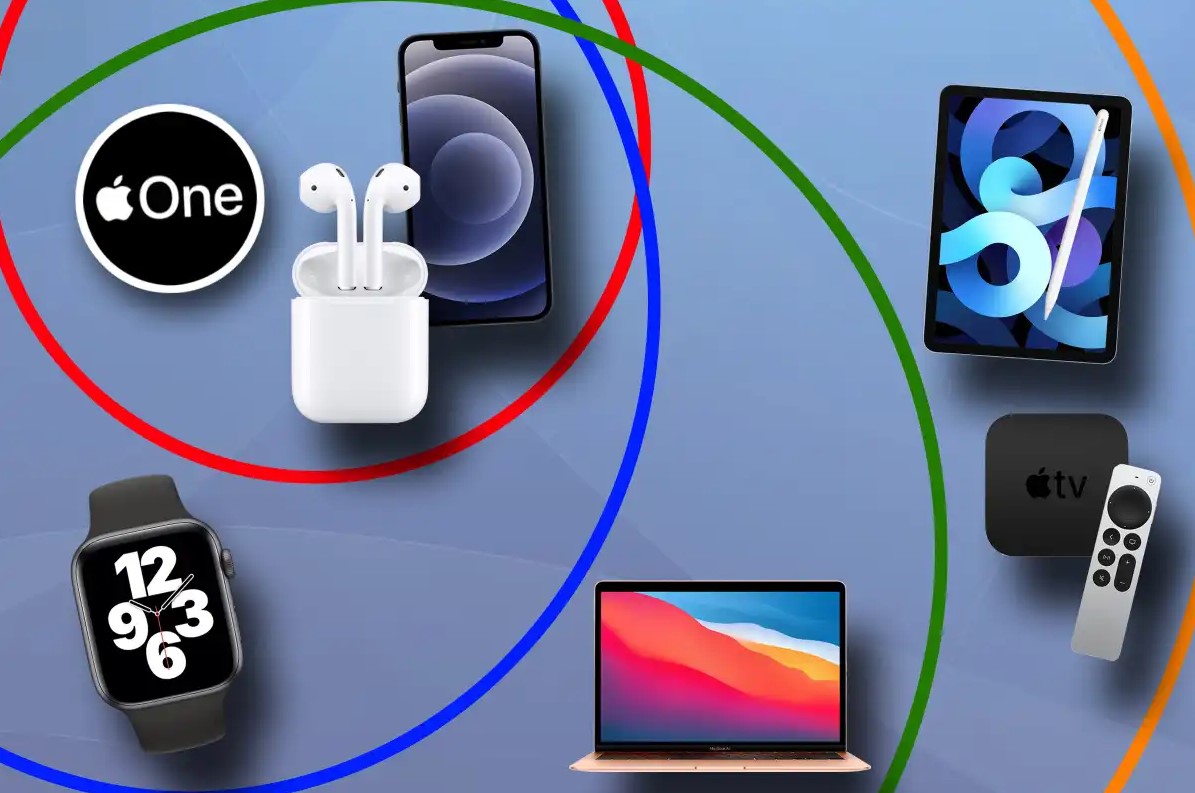Is your Product Ecosystem Delivering the Maximum Value?
 Animesh Panda
Animesh Panda
A product ecosystem is a network of products, services, and components interconnecting to create a unified experience. It involves all parts necessary to provide a comprehensive solution to the customer’s needs.
At its core, a fit-for-purpose product ecosystem must include products, services, processes and tools that are tailored to the needs of the customer and provide an intuitive user experience while also being cost-effective and reliable. Only then can it generate opportunities for innovation, helping businesses stay ahead of the competition.
Maintaining an effective product ecosystem involves several steps in a loop.
- Understanding your customer’s needs and, more importantly, preferences.
We all most likely know that while building your product ecosystem, you should start off by identifying what type of user experience you want to deliver to customers. How about a continuous discovery — researching the consumer’s current and past experiences, as well as their stated goals and objectives? This means looking at how users interact with your products or services and understanding their needs. How frequently are we doing it?
2. Designing and refining the comprehensive solution
This includes identifying the right products, services, and other components that will work together to create a unified experience. With all the desired details identified for the solution, next up is designing features and capabilities into your product that meet those needs as well as any other objectives you may have.
When it comes to implementing changes or new features into our product ecosystem, it’s essential to take a step back and assess whether they are actually going to improve the user experience or just add complexity. A vital consideration should be the cost of each component, how the components will interact with each other and how they will be integrated into the customer’s existing environment. Are we diligently doing it?
In order to ensure changes are appropriately evaluated before they are implemented, consider establishing feedback loops where user input can be gathered and analyzed before decisions are made on new features or updates. This will help ensure the right changes are being made at the right time — ultimately leading to better customer satisfaction down the road.
3. Maintaining and managing the product ecosystem
Finally, when it comes to maintaining a fit-for-purpose product ecosystem over time, regular monitoring is essential. This includes setting up processes for providing technical support and updates, as well as ensuring that the customer’s data is secure.
Make sure data from all stages of the process is being collected so that performance can be tracked over time; this will allow businesses to quickly identify areas where improvement could be made, or adjustments could be made in order for the product ecosystem is consistently delivering on its promises and remains relevant in today’s rapidly changing environment.
By following these steps, you will help ensure your product ecosystem delivers the maximum value to the customer and remains fit for purpose into the future — allowing your business not just to stay competitive but drive growth in an ever more demanding world!
Subscribe to my newsletter
Read articles from Animesh Panda directly inside your inbox. Subscribe to the newsletter, and don't miss out.
Written by

Animesh Panda
Animesh Panda
Making people's life easier & businesses profitable by leveraging Technology